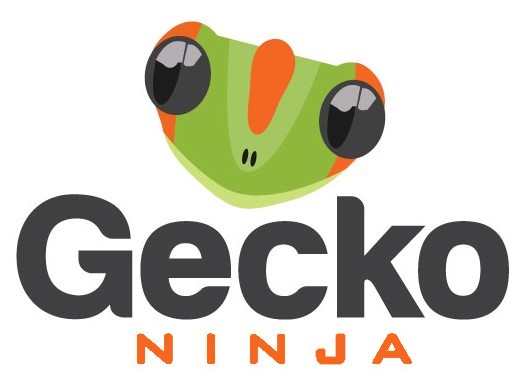If you’re like us and you’ve spent years staring at blinking cursors and wrestling with deadlines, you’ll understand why we approached CoWriter.ai with scepticism. But CoWriter.ai manages to be that rare AI writing assistant that actually assists rather than frustrates.
The platform strikes a delicate balance between augmenting your writing process and trying to replace it. Unlike some tools where it feels like you’re constantly trying to wrest control of your document, CoWriter.ai operates more like an eager research assistant who happens to be good with words.
Its suggestion engine is also remarkably intuitive. When you’re stuck on a paragraph, it doesn’t just vomit random rubbish at you, but instead it seems to understand the rhythm and tone you’ve established and offers continuations that actually flow naturally from your writing. This is especially useful for those “bridge paragraphs” that will no doubt sometimes evaporate from your brain right when you need them.
As for research capabilities, this deserves a special mention. Rather than making up facts with supreme confidence (like that friend who’s wrong but never admits it), CoWriter pulls information from verified sources and also cites them properly. A huge time-saver if you’re someone who loves to fact-check everything you’re told and worth the subscription fee on its own.
It still occasionally veers into problems, especially if you’re working in specialised niches, and will sometimes default into generalities rather than admitting it has knowledge gaps.
But if you need to produce deadline-driven quality content efficiently, then CoWriter.ai will work well for you. Certainly worth checking out.
More info here: cowriter.ai
Another AI writing tool making big promises? We’ve seen plenty come and go. After using it for a few weeks, we were surprised – both positively and negatively.
Rytr offers over 40 templates for various content types, from quick emails to longer blog posts. The AI Autocomplete function is hit-or-miss; sometimes it nails exactly what you want, while other times it goes completely off the rails. You find yourself laughing at some suggestions yet genuinely impressed by others.
The “Continue Ryting” feature (terrible pun, by the way) can be helpful when you’re stuck, though you can end up rewriting most of what it generates. It’s not going to write your masterpiece, but it might help you push through writer’s block.
The Text Inflator tool feels like it was designed for college students trying to meet word counts. It works, technically, but the expanded content often lacks substance. The same goes for the Paragraph Generator—useful in a pinch, but the reader can usually tell when content has been artificially bulked up.
Where Rytr earned its keep was in the rewording and editing tools. The Grammar Checker does what it says on the tin, and the Rewording Generator will save you hours. The Sentence Shortener is surprisingly effective at trimming fat without losing meaning.
Rytr isn’t going to replace a skilled writer, but it’s a decent assistant if you use it mainly for first drafts and editing help. If you’re expecting AI magic, you’ll be disappointed. If you want a useful tool that sometimes has good ideas and can help streamline your workflow, Rytr might be worth trying.
More info here: rytr.me
Frase differentiates itself by combining AI writing capabilities with SEO research tools. This integration helps create content that’s not only well-written but strategically optimized for search engines.
Key strengths: Comprehensive SEO analysis, content briefs, and AI writing features that work together to create search-optimized content that addresses user intent effectively.
Try for free: frase.io/tools
Premium Pricing: frase.io/pricing
Choosing the Right AI Writing Assistant
When selecting an AI writing assistant, consider your specific content needs:
- For versatile, high-quality content generation across formats, Claude or GPT-4 offer exceptional capabilities
- Marketing teams may benefit most from specialized tools like Jasper or Copy.ai
- Writers looking to improve their craft might prefer ProWritingAid or Grammarly
- SEO-focused content creators should explore Frase’s integrated approach
The most effective content strategies often involve combining multiple AI assistants, using each for its particular strengths. Remember that while these tools can dramatically enhance productivity and quality, human oversight remains essential for maintaining brand voice, ensuring factual accuracy, and adding the creative spark that truly resonates with audiences.
As AI writing technology continues to evolve rapidly, these assistants are becoming increasingly sophisticated partners in the content creation process, enabling writers to focus more on strategy and creativity while automating routine aspects of production.
